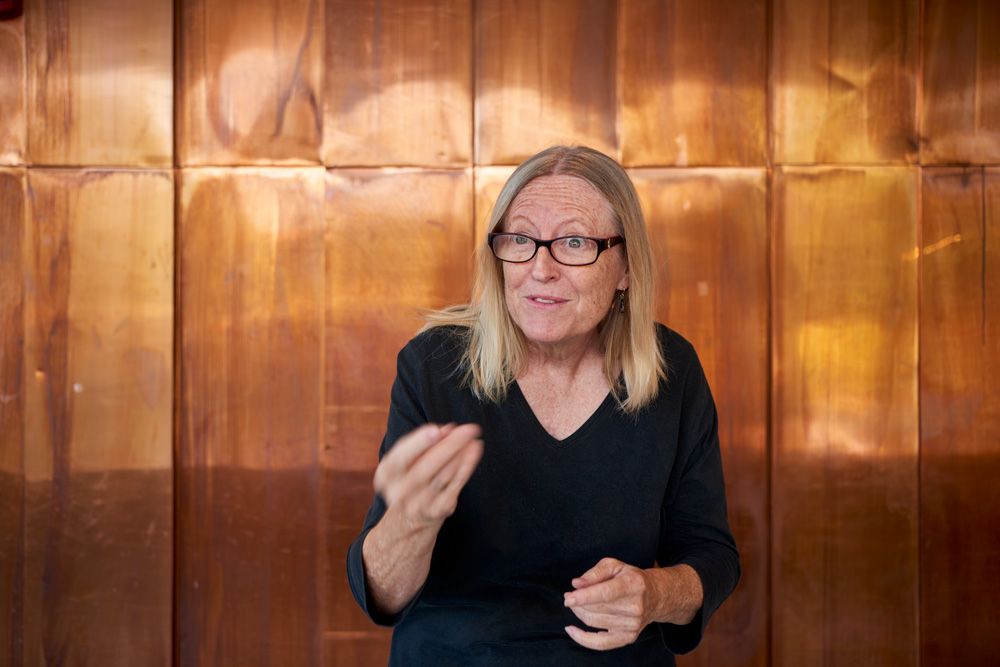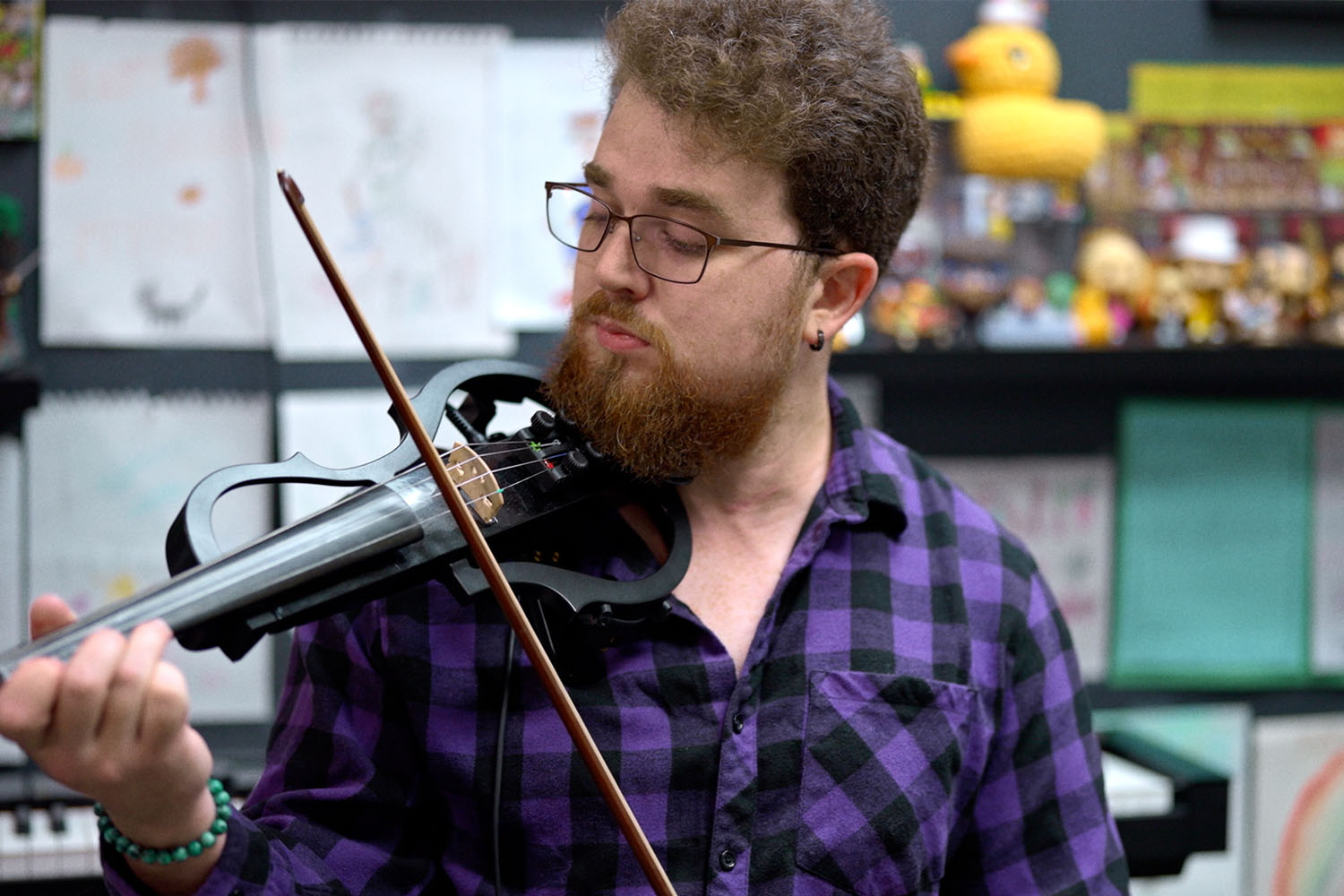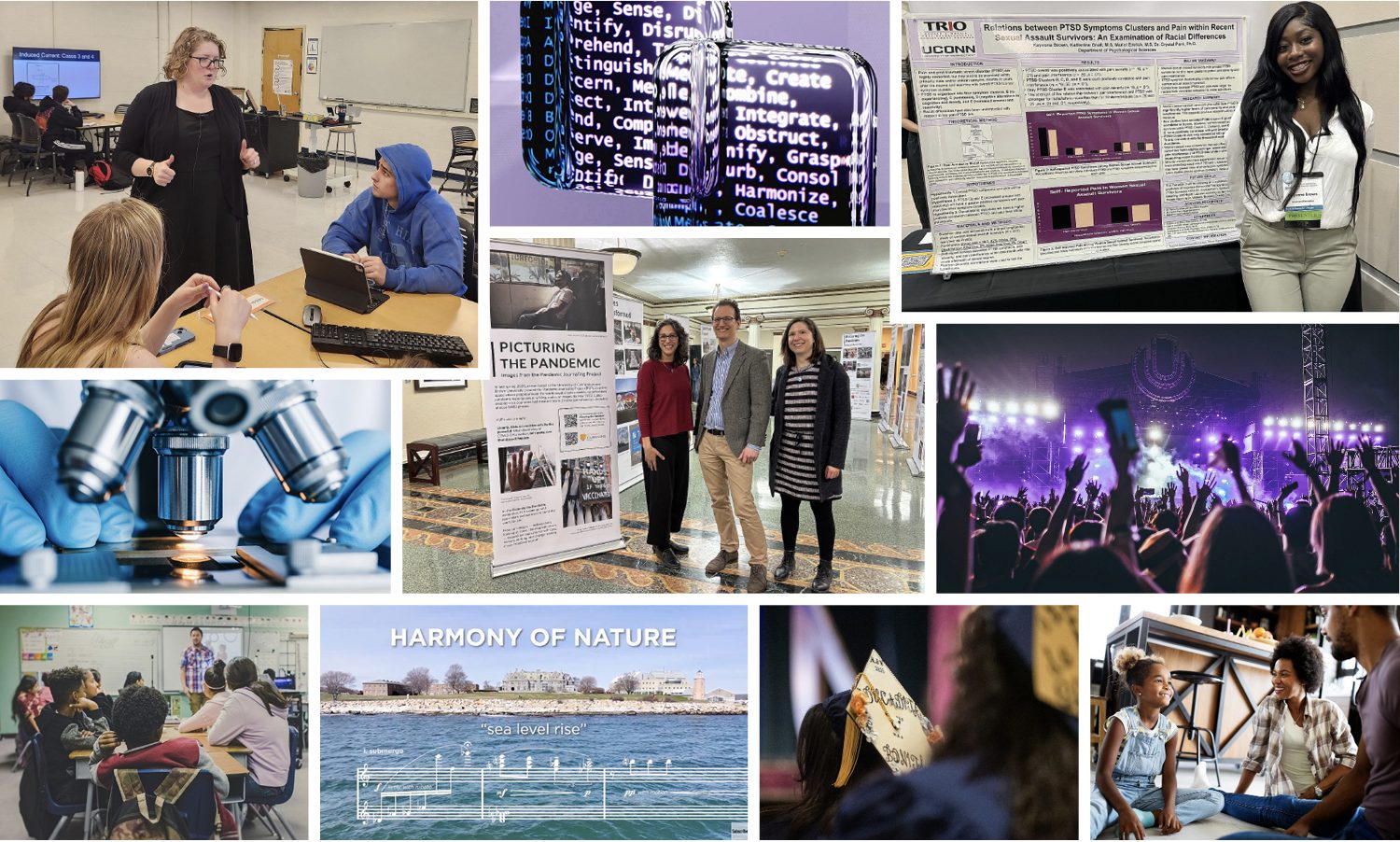Despite her decades in the classroom, Doreen Simons never planned to be a teacher. She wanted to be a social worker, so studied sociology at Gaulladet University in Washington, D.C., a private university for the education of deaf and hard-of-hearing people. But while she was a student there a professor noticed how well she used American Sign Language (ASL) and asked her if she would teach it to hearing students at an area high school.
Simons was, at the time, relatively unusual — a native speaker of ASL. Unlike most deaf children, 90% of whom are born to hearing parents, Simons was born deaf to deaf parents, both of whom signed. So she learned the language from infancy just as a hearing child would acquire English. This was also before ASL had become the predominant language of American deaf people.
Simons gave teaching a try and liked it well enough that she taught on the side while pursuing degrees in deaf education and deaf rehabilitation. That brought her to UConn, where Board of Trustees Distinguished Professor of Linguistics Diane Lillo-Martin, who researches how ASL is acquired, recruited her for a study. Simons was shocked to learn that, despite the research into ASL, there were no classes in the language at UConn.



